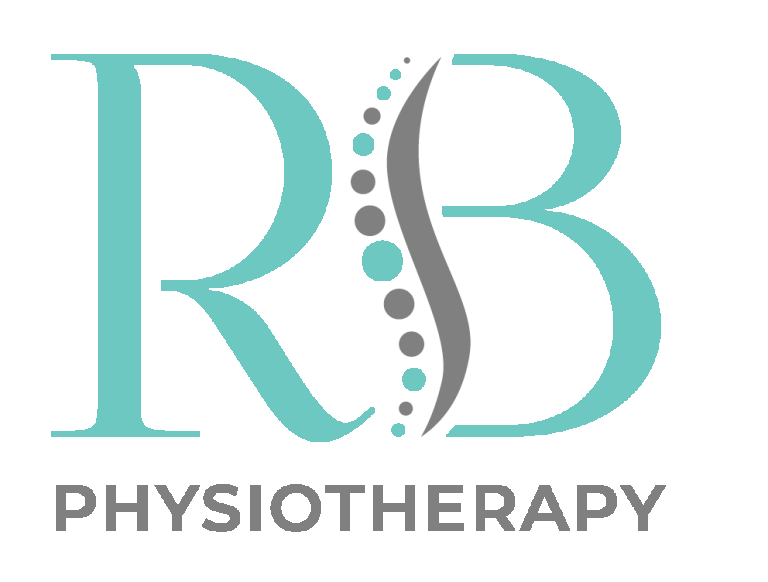
Manual Physiotherapy Techniques
Physiotherapy encompasses a range of hands-on techniques designed to alleviate pain, improve mobility, and promote overall wellness. Explore how these techniques can be a game-changer in your physiotherapy treatment.
How can joint mobilisation alleviate my joint pain and stiffness?
Joint mobilisation involves applying gentle, controlled movements to joint structures, significantly increasing mobility and reducing discomfort. It's particularly effective for conditions like arthritis or after an injury, helping restore function and alleviate pain.
Will joint manipulation provide quick relief for my restricted joints?
Joint manipulation is a precise technique where a physiotherapist applies a rapid yet gentle force to a joint. This often results in a noticeable 'popping' sound. The technique instantly improves joint mobility and reduces pain, making it a popular choice for those with spinal alignment issues or restricted movement.
Can myofascial release address my chronic muscle tightness?
Myofascial release targets the fascia, the connective tissue around muscles. This technique involves applying gentle, sustained pressure to the fascial connective tissues. It effectively treats chronic pain syndromes, reduces tightness, and increases blood circulation to the affected areas.
How will trigger point therapy relieve my muscle knots and tension?
Trigger point therapy explicitly targets muscle knots or trigger points – tight, painful spots in the muscles. The technique involves cycles of isolated pressure and release, which helps alleviate muscle tension, promote blood flow, and improve flexibility in the affected area.
How does soft tissue mobilisation differ from regular massage therapy?
Soft tissue mobilisation is a form of manual therapy where the therapist uses varied pressures and movements to manipulate the body's soft tissues, including muscles, connective tissue (tendons and ligaments), and fascia. Unlike general massage, it's more focused on specific areas of tension and aims to break up adhesions, improve blood flow, and facilitate healing.
These manual techniques, integral to physiotherapy, are tailored to your needs. They are effective for various conditions and play a vital role in pain management, rehabilitation, and enhancing your overall physical function.



